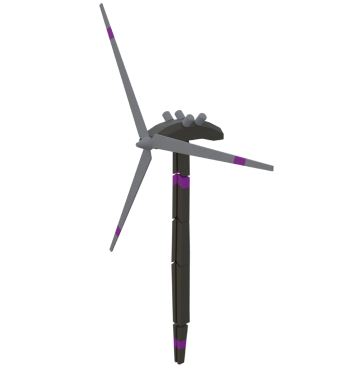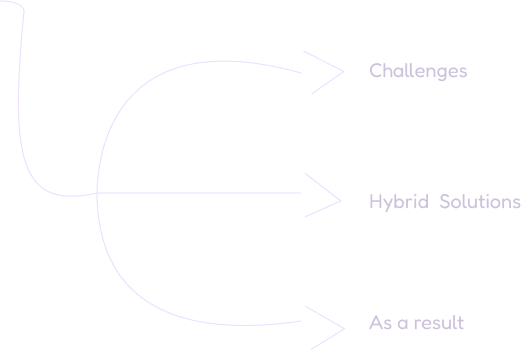How it works
Wind turbines generate electricity: Wind turbines convert kinetic energy from wind into mechanical energy, which is then converted into electrical energy. Powering mining rigs: This electricity can be used to power Bitcoin mining operations. Mining involves solving complex cryptographic puzzles, which requires a large amount of processing power. Reducing reliance on fossil fuels: By using wind energy, Bitcoin farms can significantly reduce their reliance on fossil fuel-based power, which is both costly and environmentally harmful.
Advantages of wind-powered Bitcoin mining
Environmentally friendly: Wind is a clean, renewable resource, so this type of Bitcoin mining produces far fewer greenhouse gas emissions compared to fossil fuel-powered mining. Cost efficiency: After the initial setup, wind power can offer lower long-term operational costs because wind is free, unlike coal or natural gas. Wind farms also benefit from government incentives for renewable energy use. Sustainability: As global pressure mounts to move toward greener energy, wind-powered Bitcoin mining aligns with the trend of decarbonization and sustainable practices.


How Solar Power Bitcoin Farming Works
Energy Generation: Solar panels capture sunlight and convert it into direct current (DC) electricity. This DC power is then converted into alternating current (AC) using inverters, which is suitable for powering mining rigs. Powering Mining Rigs: The converted solar energy is used to power mining hardware, such as ASIC miners or GPUs, which perform the computational tasks necessary for validating Bitcoin transactions and securing the blockchain network. Energy Storage: Excess energy produced during peak sunlight hours is stored in batteries for later use. This helps ensure that mining operations can continue even when sunlight is not available, such as during the night or on cloudy days. Grid Integration: In some cases, solar-powered mining operations are connected to the local energy grid. This allows mining farms to sell excess solar-generated electricity back to the grid, while drawing additional power when needed, creating a hybrid energy system.
Benefits of Solar-Powered Bitcoin Farming
Sustainability: Solar power is a clean, renewable energy source that generates no harmful emissions. Using solar power drastically reduces the carbon footprint of Bitcoin mining compared to fossil fuel-based energy. Cost Savings: After the initial installation of solar panels and related infrastructure, the operational costs of solar power are significantly lower than traditional energy sources.

How Gas-Fired Generators Work in Bitcoin Mining
Energy Production: Gas-fired generators burn natural gas to produce electricity. The combustion of gas powers an internal engine or turbine, which drives a generator to produce electrical power. Backup Power Supply: In Bitcoin mining, gas-fired generators are typically used as a backup when primary energy sources like solar panels or wind turbines are not producing enough electricity. For example, during nighttime or cloudy days when solar power is insufficient, or when wind conditions are calm, the generator kicks in to ensure mining rigs continue to run smoothly. On-Demand Energy: Gas-fired generators provide flexible, on-demand energy, meaning they can be activated whenever the primary power source is low or unavailable. This ensures that Bitcoin mining operations can run 24/7, maximizing uptime and profitability.
Benefits of Gas-Fired Generators for Bitcoin Mining
Reliable Backup Power: Gas generators ensure continuous mining operations, reducing downtime that can occur when renewable energy sources aren’t producing enough power. Lower Emissions Compared to Other Fossil Fuels: While not as clean as renewable energy, natural gas produces fewer emissions than coal or oil-based generators, making it a relatively cleaner backup option.







